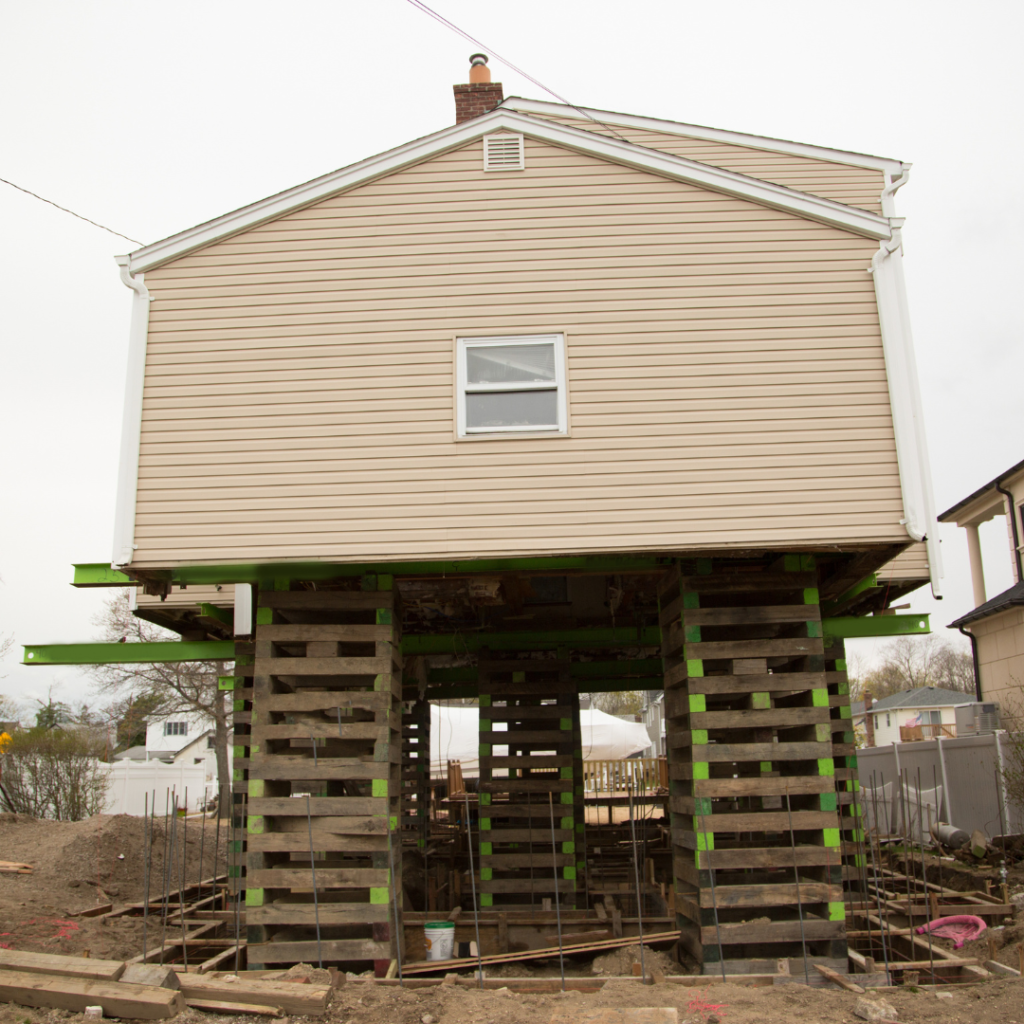This article was guest written by Jane Marsh.
The green revolution is influencing different industries and promoting sustainable lifestyles. For example, housing professionals are exploring the impacts of environmental degradation on real estate. They also calculate the carbon footprint of properties to identify their contributions to climate change.
Individuals can explore the different impacts of environmental alterations to protect themselves and their homes. Renters and homeowners experience alternative effects from land degradation. Fortunately, there are ways to improve ecological conditions to minimize residents’ vulnerability levels.
How Does Climate Change Affect Homes?
Climate change impacts all sectors of life by minimizing ecosystem security. Greenhouse gas emissions are the leading cause of rising global temperatures. When individuals power their homes, travel, or purchase methane-producing foods, they contribute to emissions.
As greenhouse gases accumulate in the atmosphere, they limit its ability to maintain life-supporting surface conditions. When the global temperature rises, it creates a ripple effect of ecological degradation. One of the major ways climate change impacts real estate is through water displacement.
When the planet becomes warmer, the evaporation rate rises and causes adverse effects on the water cycle. Evaporation increases precipitation in some regions and leaves others in prolonged droughts. Long dry spells can cause soil disruption, which limits the stability of property foundations.
Increasing precipitation and summer temperatures also cause more intense and frequent hurricanes. Environmentalists predict coastal communities like New Orleans and Miami may become uninhabitable in the near future. Renters and homeowners can protect themselves and their properties from climate change effects by adopting sustainability-enhancing practices.

The Different Impacts on Renters and Homeowners
Before exploring property protection practices, individuals must assess the different environmental impacts between renters and homeowners.
Renters generally experience adverse climate effects related to utility costs. Ecologists predict the price of water will drastically increase as the resource becomes scarcer. Energy costs may also rise as crude oil wells dry up.
Homeowners experience more impactful financial effects related to climate change. Rising sea levels and higher-category hurricanes may destroy homes and cause owners to lose their property investments.
Homeowners are also responsible for their property’s insurance fees. As storms become more frequent, their premiums may rise and interfere with their savings. Renters and property owners can protect the environment and their finances by upgrading certain home features.
Protecting Properties and the Environment
Homeowners can protect their investments from rising temperatures and sea levels by elevating their properties. Many coastal property owners are placing their houses on stilts to minimize flooding as water displacement impacts the global water cycle. Other residents protect their properties by minimizing greenhouse gas emissions.
Heating, ventilation, and air conditioning (HVAC) systems generally account for 43% of a property’s energy use. The high power usage of HVAC systems increases residents’ utility costs and expands their carbon footprints.
Homeowners can protect the environment and improve their savings by installing smart thermostats. Property owners may also protect their homes by rebuilding structures on sustainable sites. Green building plots have high levels of sun exposure, increasing their compatibility with solar power production. Individuals can also add south-facing windows to their homes to minimize their reliance on artificial light sources.
Renters and homeowners can increase a property’s sustainability by installing electric vehicle (EV) charging ports. EVs produce zero tailpipe emissions and target the largest emission production sector.
Once individuals add climate protection features to a property, they can access various financial and health benefits.
Additional Benefits of Sustainable Properties
When residents shrink their home’s carbon footprint, they may improve the local air quality. Individuals in high-emission regions have a greater risk of respiratory conditions. They can protect their lung health by accessing renewable energy.
Residents can also increase the affordability and availability of natural resources by preserving the global ecosystem.
Who Should Be Most Concerned About Climate Change?
Climate change affects both renters and homeowners. Property owners take a larger financial hit when natural disasters and sea level increases degrade their homes. Ultimately, enhancing residential sustainability is vital to environmental and health protection for all renters and homeowners.
Bio:
Jane is an environmental writer and the founder and editor-in-chief of Environment.co, where she covers sustainability and eco-friendly living.
 Food
Food Farmers
Farmers Sustainable Living
Sustainable Living Living Planet
Living Planet News
News